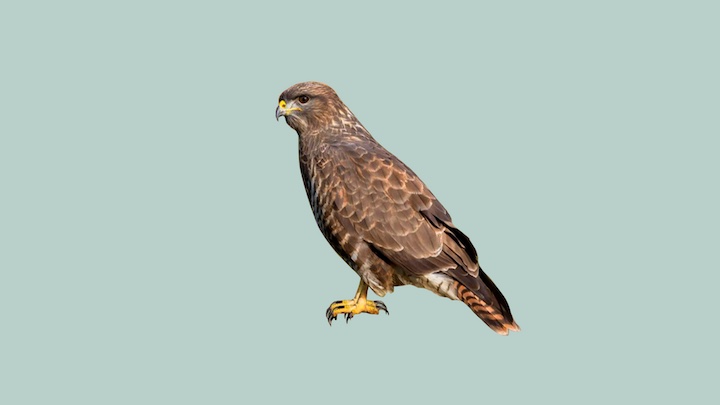VINCIANE DESPRET: THE BODY WE CARE FOR
Tecnogénesis. La construcción técnica de las ecologías humanas (vol. 1, ed. Tomás Sánchez Criado), AIBR, Madrid, 2008

One morning of September 1904, in Berlin, thirteen gentlemen belonging to different spheres of social life, came together in a courtyard in Griebenow street… One of them was director of the Institute of psychology, Professor Stumpf; another was director of the local zoo, Dr. Heck. Mr. Hahn was teacher at the Municipal school; Dr. Miessner was veterinarian; one of the gentlemen was a Major retired from the army; another was an aristocrat. Paul Busch was simply a circus-manager. The courtyard they were working in belonged to another citizen, Mr. von Osten, a former teacher of mathematics at the Berlin Gymnasium. This gentleman was also present at the meeting. Throughout the day, all these persons asked questions to one of the famous pupils of this time, the pupil of Mr. von Osten, Hans. They asked him to solve multiplication and division problems, and to extract square roots. Hans was also requested to spell words and, among other tests, to discriminate colors or tones and intervals in music. Not only did Hans answer with good will, but he also answered most of the questions correctly. He was around 4 years old. However, the most astonishing fact was not his young age. Hans answered questions by tapping his right foot on the floor. Hans was a horse.
And so begins this text by Vinciane Despret, in which she returns to human-animal relations through the study of practices within ethology.
The body we care for. Figures of anthropo-zoo-genesis. In: Tecnogénesis. La construcción técnica de las ecologías humanas (vol. 1, ed. Tomás Sánchez Criado), AIBR, Madrid, 2008.